Affiliate links on Android Authority may earn us a commission. Learn more.
Google Stadia: Everything you need to know
Cloud gaming promises to revolutionize the way we all play games, and Google is attempting to be at the forefront with Google Stadia. After a brief test under the codename Project Stream, the service was first announced at GDC 2019 and launched in November of that year.
Although its launch was fairly disastrous, Google Stadia has received a steady stream of new games and features over the past few years. So where does Stadia stand today and is it worth trying out? Keep reading for everything you need to know, or click the button below to get a Google Stadia Premiere Edition and start gaming right away.
Editor’s note: We will update this article on a regular basis as more information is revealed about Google Stadia.
What is Google Stadia?
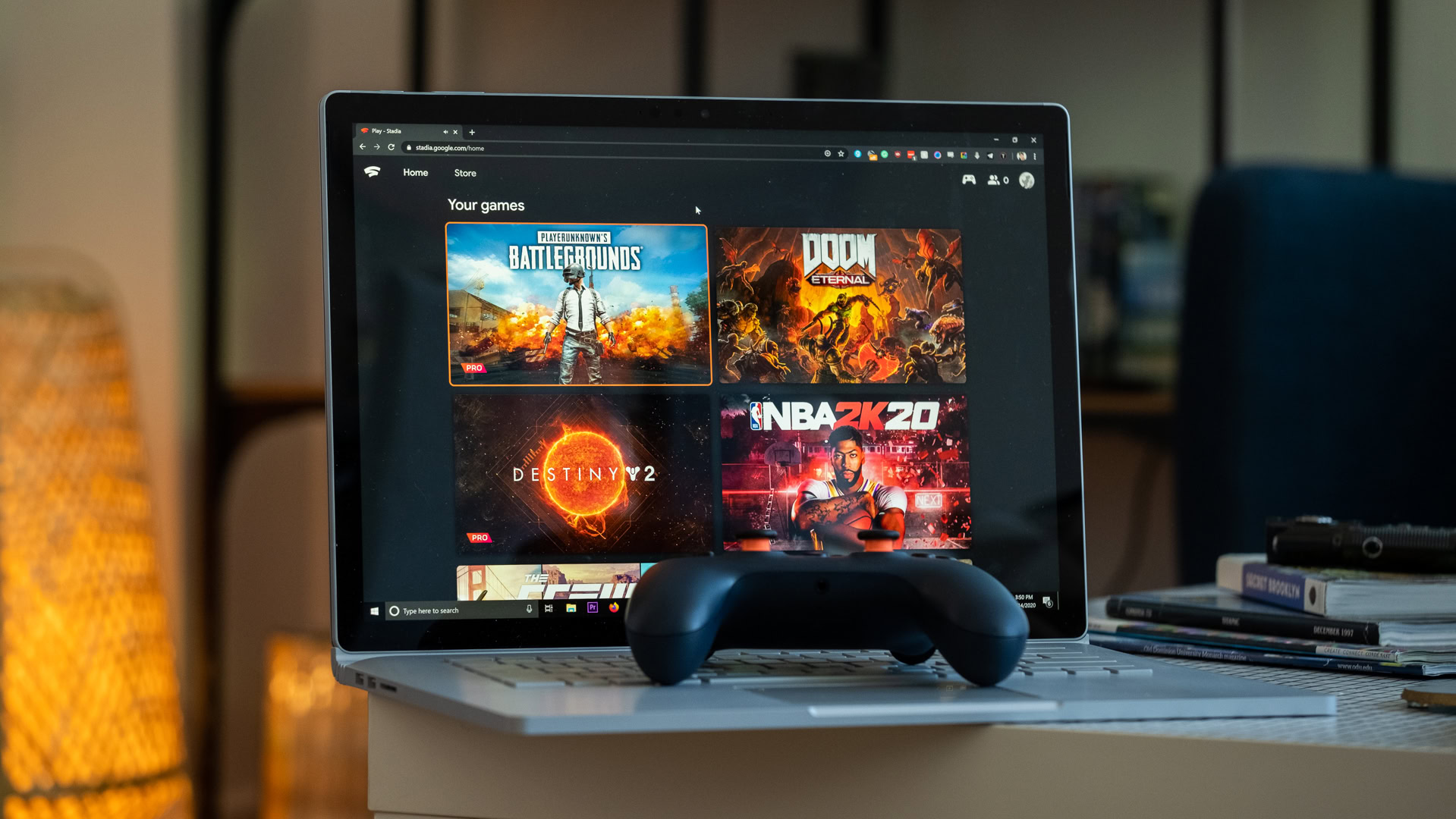
Google Stadia is a cloud gaming service that works on just about every screen you own. Whether you’re playing on your television, your phone, your laptop, or your tablet, you can enjoy AAA titles or indie darlings on all of them.
How is this possible? Google servers handle the actual rendering of the game and then it streams the gameplay to your device. In other words, you can play any Stadia title on any system you like because your system isn’t actually running the game: Google’s server is. This opens up high-quality gaming to anyone, including people who can’t afford an expensive gaming PC or aren’t interested in buying a PlayStation 5 or Xbox Series X.
Unlike other cloud gaming services like GeForce Now, Stadia uses a Linux-based OS that’s designed for streaming from the ground up. That means it offers the best possible streaming performance but requires some work from devs to port their games. In practice, that means the streaming performance is the best in the business, but the catalog of games is somewhat lacking.
Is it worth it?
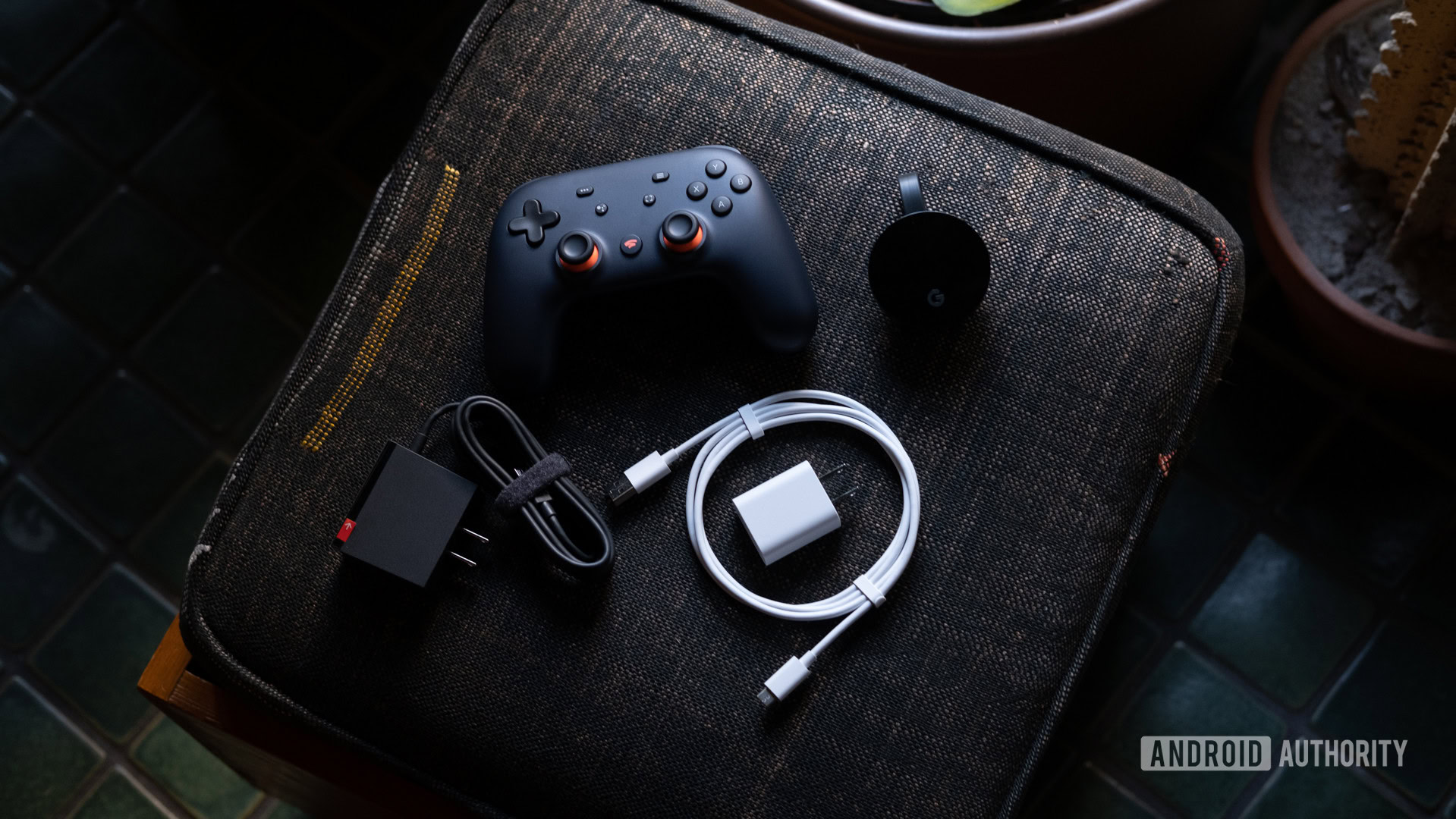
When it first launched, Google Stadia was in a rough spot. Despite the base tech functioning exceptionally well, there were a number of missing features and PR blunders that kept it from becoming a runaway success. Now, with two years under its belt, the service is in much better shape.
It can’t offer the same killer game selection as Xbox Cloud Gaming (thanks to its ties to Xbox Game Pass Ultimate), but it does offer a more versatile experience. You can stream on far more devices, including some ridiculous options like a smart refrigerator. It also supports 4K on some titles and streaming on cellular 4G and 5G connections, although you should be careful due to high data usage.
Learn more: What is cloud gaming? What you need to know about the new streaming tech
Game prices will be the biggest drawback for most gamers since there’s no way to port your existing library to the service. Games will need to be purchased individually or claimed with a Stadia Pro subscription. Stadia Pro works similarly to Game Pass with a few extra features like 4K streaming. The library of games is smaller, but once claimed you can play claimed games as long as you are subscribed.
Of course, there’s no way to know how Stadia will perform on your connection until you try it. And thankfully, you can try it free of charge. Not only are there several entirely free-to-play games on the platform ready to stream from your browser or smartphone right away (such as Destiny 2), but you can also get a free month of Stadia Pro and claim 50 or so titles without spending a dime. Some games, like Control, also now support 30-minute demos to try on your existing hardware without spending a dime.
How much does Google Stadia cost?
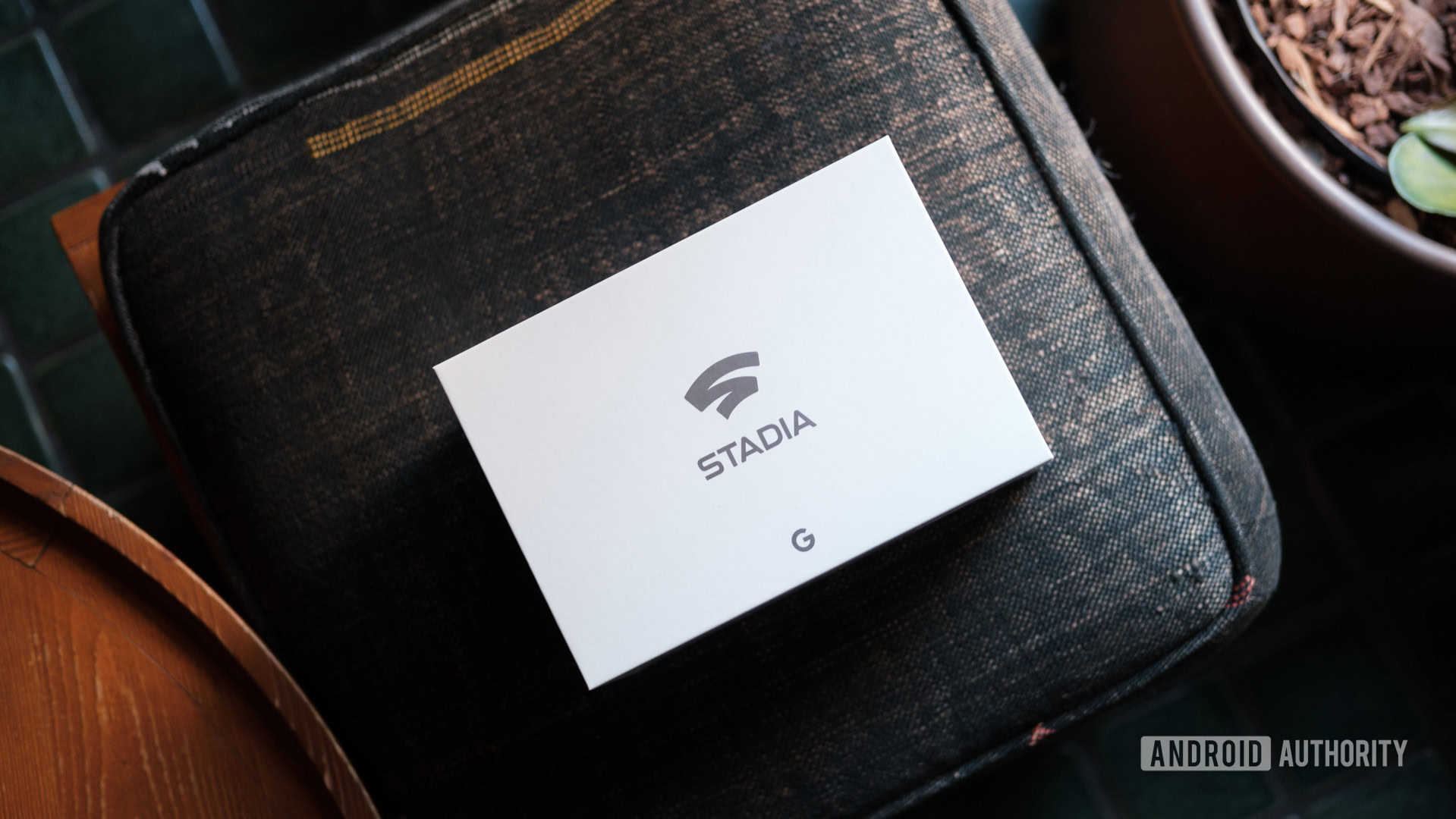
As a platform, Google Stadia uses a kind of freemium model. You don’t have to pay anything beyond the cost of games to use it (and some games like Destiny 2 are entirely free-to-play), but there is a paid subscription with a few extra benefits.
As for actually buying games, Google Stadia gives you a lot of flexibility. The easiest method is to just buy games individually. Frequent discounts bring indies and AAA games alike down to affordable prices, and once you buy it you have it forever, on just about any device you own. That said, these discounts aren’t quite as good as what’s offered on Steam or other PC platforms.
You can also unlock a small catalog of games by subscribing to Stadia Pro. This runs $9.99 a month in the US and allows you to “claim” games to your library. You can then play these games whenever you want, as long as you maintain your subscription. Two to five new games are added to the list every month, with older titles no longer becoming claimable (but still playable if claimed previously).
Stadia Pro is also the only way to play in 4K. It has a few other benefits like HDR, 5.1 Surround Sound, and additional game discounts.
You don’t need any extra hardware to use Google Stadia, since it’s compatible with many controllers as well as a mouse and keyboard. However, if you want the best experience (especially on a TV) it’s worth getting a Stadia Controller, which costs $69. The best way to get started is with the Google Stadia Premiere Edition, which includes a Stadia Controller and Chromecast Ultra and costs $79. There’s another bundle that includes a controller and Chromecast with Google TV, which comes with a remote for a more TV-like experience.
How to try Stadia for free
Of course, you don’t actually need to spend any money to try Stadia today. There are several free games that are just a click away. They include heavy hitters like Destiny 2 and Hitman, as well as Super Bomberman R Online and Crayta: Starter Edition. Certain other games also support a 30-minute demo, which will be listed beneath the listing on the Stadia store.
If you want even more free games, you can also grab one month of Stadia Pro for free. This allows you to claim roughly 30 games and start gaming instantly with no installs or hardware to set up!
Hardware specs
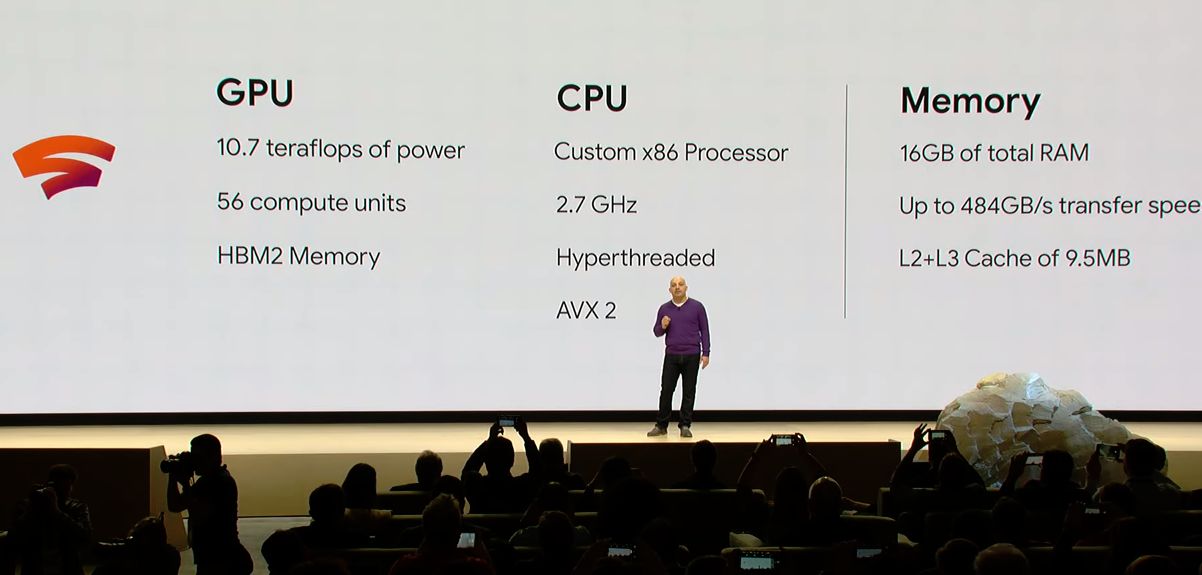
As a cloud-based service, all the heavy lifting with Stadia is performed by a remote PC. That means it doesn’t really matter whether you’re using a phone, tablet, or computer — the experience will be pretty much the same. Currently, Stadia users have access to the power of a custom AMD 2.7GHz x86 processor with 16GB RAM, up to 484GB/s transfer speed, and a GPU that has 10.7 teraflops of power.
Stadia gives you the same experience from any device, as long as you have the connection to handle it.
It also has the advantage of being easier to upgrade as hardware upgrades happen server-side. For now, there have been no announcements about upgraded hardware, but with the Xbox Series X, PlayStation 5, and GeForce Now boosting expectations, these upgrades will need to come soon if the platform wants to stay relevant.
Of course, how good the game looks will depend both on your internet connection as well as the device you are using. If you are playing on a Chromecast Ultra (and subscribed to Stadia Pro), you can stream up to 4K quality with HDR support and 5.1 surround sound, assuming you have a television, sound system, and fast enough internet connection to support those features.
Google Stadia features
Google Stadia isn’t all about hardware, it also has some unique software features, as well. Many of these were not present during the launch period but rolled out slowly over time.
Chief among these is State Share. This allows players to send a hyperlink that points directly to a specific moment of a game. Think of it as sharing an incredibly accurate save file via a simple link.
The first game to feature State Share was Crayta, which is a sandbox game like Gary’s Mod or Roblox. Players can create their own worlds with unique rules and gameplay, then share and play in it with others. The game has since been released on PC, but without State Share functionality.
Since then, State Share has been added to the entire Hitman trilogy, Judgment, Monster Boy and the Cursed Kingdom, PixelJunk Raiders, and Serious Sam 4. Expect many more games to join the list as time goes on.
Apart from that, Stadia features (limited) Google Assistant support, achievements, messaging, and Family Share. That last option allows a user to share their entire catalog (including Stadia Pro games) with up to six people in their family group. Only one person can play a particular game at a time, but it’s still a great option for families.
Supported devices
The cloud-based service works best when with Chromecast Ultra to play on a TV, although you can now play on any Android TV device. It also supports the Chrome Browser on desktops, laptops, and tablets (including Chrome OS), as well as the Safari browser on iOS devices. There’s also a Google Stadia app that supports just about any modern Android device.
Data requirements and usage
Although it works on just about any hardware, Google Stadia has some stringent requirements when it comes to your internet connection and data usage. These apply to both Wi-Fi connections and 4G/5G mobile networks. Here’s what the platform recommends:
- 35Mbps: 4K with HDR and 5.1 surround
- 20Mbps: 1080p and 5.1 surround
- 10Mbps: 720p and stereo sound
Even if you do meet the speed requirements, you’ll need to be careful if you have a data cap. Cloud gaming chews through a lot of data, especially when gaming at 4K resolution. Here’s what you can expect:
- 4K: Up to 20GB/hr
- 1080p: Up to 12.6GB/hr
- 720p: Up to 4.5GB/hr
Learn more: Google Stadia lagging, disconnecting, or not working? Here’s how to fix it
The Google Stadia controller

This $69 proprietary controller connects via Wi-Fi directly to Google’s servers for the best possible experience. Currently, the Wi-Fi feature works on Chromecast devices, PCs, and Android devices. That said, it will work with just about any device via USB-C, you just don’t get the latency improvements of built-in Wi-Fi.
If you’re using the official controller on your smartphone, Google has a fun accessory you can buy to help out: the Power Support Claw. The Claw snaps onto your controller and then you can clip your phone in to enjoy an all-in-one gaming experience.
Related: Here’s how Xbox, Playstation, and Nintendo controllers work with Stadia
Of course, you don’t need to use the official controller to enjoy Stadia. While it’s arguably the best way to play because it goes straight to Google’s servers and reduces as much input lag as possible, any existing input scheme should work. That includes controllers from Microsoft, Sony, Nintendo, and mobile-focused options like the Razer Kishi.
Game support on Stadia
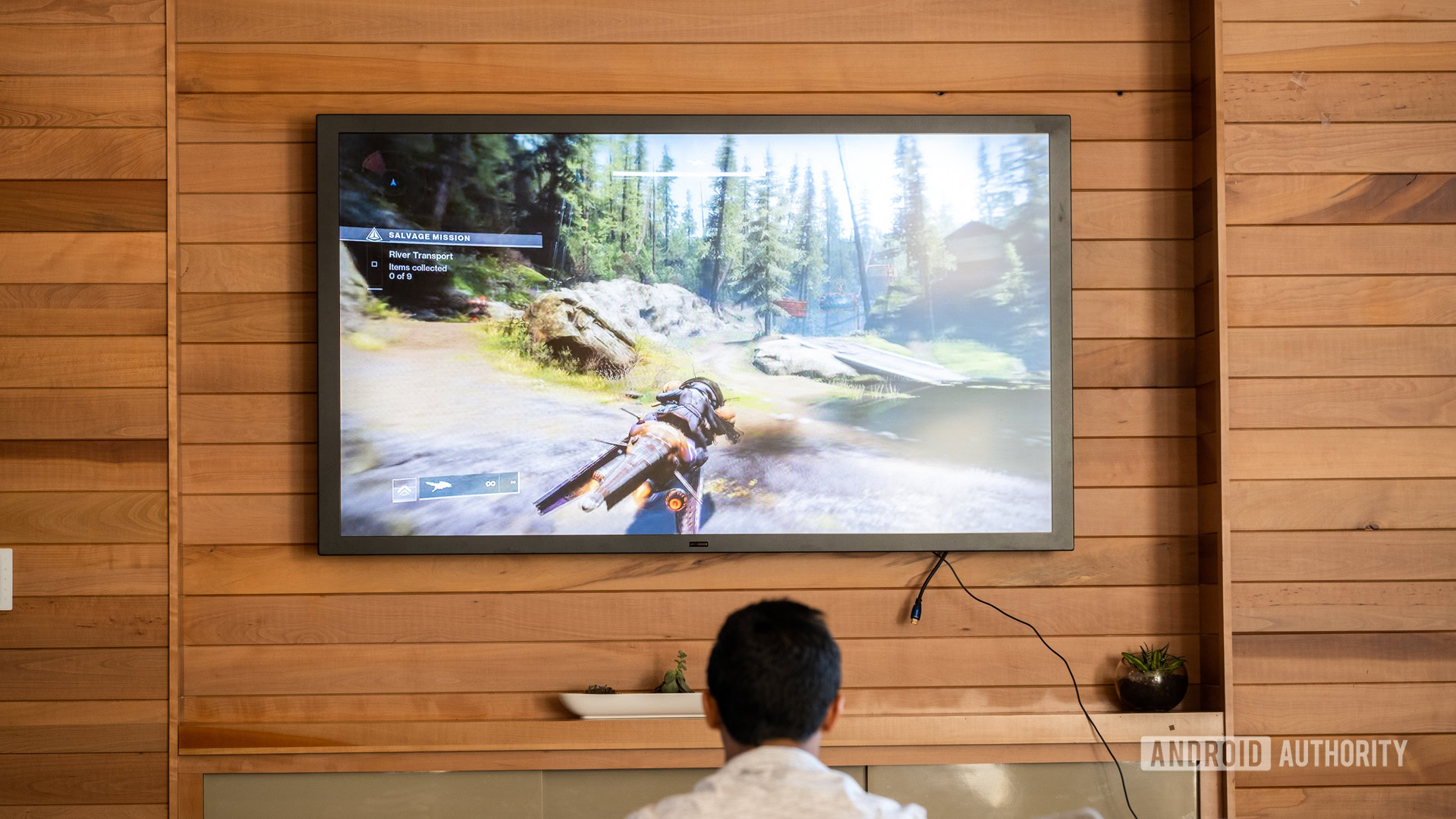
A gaming platform is nothing without a great selection of games, and Google Stadia has a number of major games — even a few timed exclusive titles like Crayta, Orcs Must Die 3, and more.
Read more: The best games on Google Stadia: Who needs hardware?
Currently, there are more than 200 games on the platform, ranging from AAA heavy hitters to small indie affairs. Google initially planned to release first-party games under its Stadia Games and Entertainment studio, but those plans were later abandoned in 2021. Google stated that the focus is now on bringing more third-party games to the Stadia platform.
Similar to Amazon Luna, Google has the ability to incorporate other subscription services, as well. For now, only Ubisoft Plus is supported, but it includes over 100 recent and classic Ubisoft games for $14.99 a month. It’s also worth pointing out that you can access these games outside of Stadia with this subscription, as well.
Stadia doesn’t exactly make it easy to browse its game catalog (it didn’t have a search function for well over a year), but you can check out the full list of Stadia games here.
Google Stadia alternatives
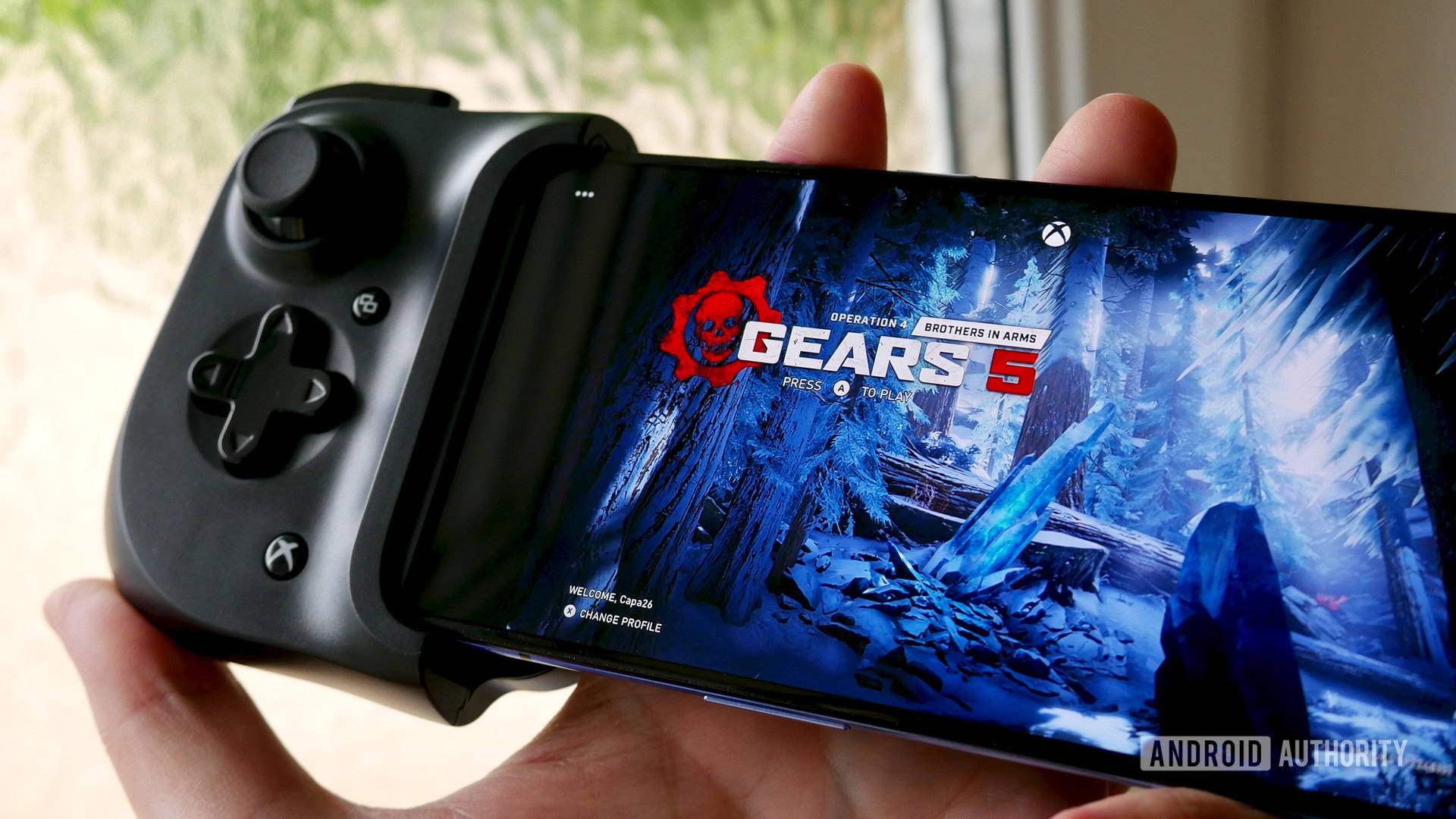
While Stadia was one of the first big players on the cloud gaming stage, it’s far from the only option available. There are and have been remote PC services like Shadow for years now, but the real Stadia competition is in services that focus on gaming.
GeForce Now earned early comparisons since it was released around the same time, but it takes a completely different approach. It’s essentially a modified remote PC service that allows you to play most of the games you already own on Steam or other marketplaces. There is a free plan that limits gameplay to one-hour sessions, but the paid version includes ray-tracing support and is relatively affordable at roughly $9.99 a month. There’s a more expensive plan with access to RTX 3080 GPUs, and 1440p at 120Hz streaming that runs about $15 a month.
It’s a solid alternative to a gaming PC, but doesn’t provide as great an experience on a TV or with a controller. It also doesn’t support all PC games, and there’s no guarantee that a publisher won’t pull support from the platform in the future.
Learn more: Google Stadia vs GeForce Now
Xbox Cloud Gaming is truly the major player in this space. Although it’s still technically in early access, it’s tied to Xbox Game Pass Ultimate, which already provides the best value in gaming subscriptions. Unlike Stadia, this is a true Netflix-for-games subscription, with more than 100 games available for streaming on mobile and PC.
That said, there are some limitations. You can’t stream games you own (that aren’t part of the subscription), and quality is capped at 720p. Streaming performance is also worse than Stadia or GeForce Now, although it will likely improve in the future. Still, as part of a $14.99 Xbox Game Pass Ultimate subscription, it’s a fantastic perk for Xbox owners. However, there’s currently no standalone subscription for just Xbox Cloud Gaming.
Other Stadia alternatives include PlayStation Now and Amazon Luna, although for now, both are relatively small players. Amazon Luna is only available in early access for a few users in the US, and PlayStation Now has languished over time due to a lack of attention from Sony. Both of these do have the potential to be strong players in the cloud gaming space, so they are worth keeping an eye on going forward, especially if Sony pulls through on rumored plans to revamp its subscription services to compete with Game Pass.
Other FAQs
Q: Is Google Stadia dead?
A: No! Despite the negative publicity, Stadia has continued to grow and add games over time. It has, however, suffered from lack of momentum.
Q: What’s the maximum streaming quality?
A: For Stadia Pro subscribers, streaming quality maxes out at 4K 60fps. For everyone else, it tops out at 1080p 60fps.
Q: Is Google Stadia free?
A: Google Stadia as a platform is free to use, with several free-to-play games available for anyone. However, most games will need to be purchased individually.
Q: Do I need Stadia Pro to use the platform?
A: You do not need to pay for Stadia Pro to play games on the platform. Games can be purchased individually, although streaming quality will be capped at 1080p.
Q: Does Stadia have Fortnite?
A: No. For now, Stadia does not have Fortnite, and given the troubled relationship between Epic Games and Google, it’s not too likely to be added any time soon.
Q: Does Stadia have Minecraft?
A: No. Minecraft is owned by Microsoft, which has its own cloud gaming service in Xbox Cloud Gaming. It’s unlikely that Minecraft will ever be added to Stadia.
Q: Does Stadia have ray tracing?
A: No. The platform does not support ray tracing, but it’s a prime candidate to add in future hardware updates.
Q: What Stadia games are cross-platform?
A: Cross-platform Stadia games are a minority on the platform, but they include The Division 2, Crayta, PUBG, Outriders, The Elder Scrolls Online, and a few others. Check out the full list here.